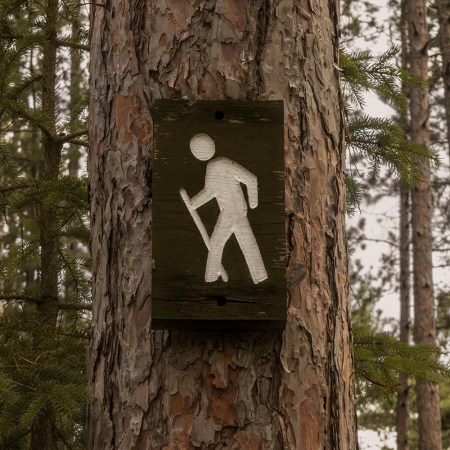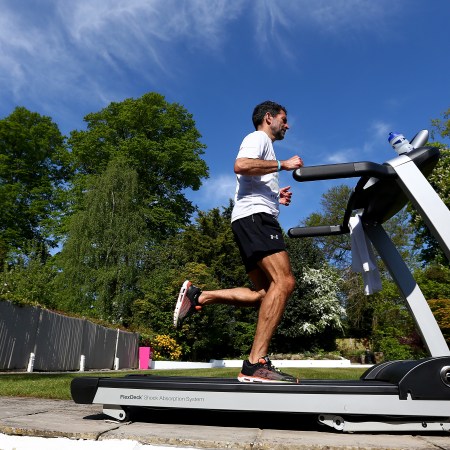Generally speaking, I’ve been trying to slow down this year. That’s to say: cook more ambitious meals, take extra time with each rep in the gym, plan my trips more thoughtfully. In a hyper-plugged, time-pressed, consumption-centric age, it feels really nice (and practically imperative) to take the foot off the gas pedal and act with some actual intention.
I have one massive caveat for this approach, though — when I’m alone and out and about, I’m walking faster than ever. If I’m waiting at an intersection, Mario Kart-style, for the little walking man to appear, I’m not giving an inch to a single stranger on the street. We’re all going to different places. But I’m going to be the first one there.
The Pros and Cons of Weekend “Super Walks”
Can you erase a sedentary week with a massive binge walk?Power-Walking Is a Superpower
Faster walkers live longer. It’s true. A study published in Mayo Clinic Proceedings in June 2019 found that people who routinely walk at least 100 steps a minute can expect to live 15 to 20 years longer. Not too shabby. The head researcher on the project, Dr. Francesco Zaccardi, a clinical epidemiologist at the University of Leicester in the United Kingdom, reported that longer life expectancies were evident across a massive variance of participating body mass indexes, from 20 all the way up to 40 (which is characterized as obese).
A different study, published in the British Journal of Sports Medicine in 2018, reached a similar conclusion on the benefits of walking pace: “Walking benefits health. Assuming causality, these analyses suggest that increasing walking pace could reduce risk for all-cause and CVD mortality. Walking pace could be emphasized in public health messages, especially in situations when increase in walking volume or frequency is less feasible.”
Walking Pace > Total Steps
Instead of walking pace, public health messages tend to emphasize steps taken. (We dive into the bizarrely random history of the 10,000-steps-a-day goal here.) But remember, not all steps are created equal. Some are taken up hills, or stairs, or on challenging, uneven terrain — which can supercharge your balance for the rest of your life, assuming you’re careful.
Other steps can be taken quickly, in the form of power-walking. These convey a bonanza of benefits for the body: reducing your risk for high blood pressure, high cholesterol and diabetes, helping you cut belly fat, strengthening your bones (and specifically shrinking your chances of a hip fracture later on), and sharpening your mental functioning.
One of the best examples of a brisk walker in action? Postal workers. They have to be quick as they follow their route from house to house. They also seem to combine a high step count with a quick walking pace — no wonder they’re way less likely to develop metabolic syndrome.
Start Your Engines
There is a time and a place for a long and luxurious walk. One spent with your kids, on a beach or on the first day of spring. Those walks are worth savoring. But I’d wager the majority of your walks, like mine, are point-to-points — you’re headed to the grocery store, to the office, to the train. Maybe you only have 30 minutes for a lunch hour loop.
To the best of your capabilities, try to pick up the pace on these daily walks. Think about it: the more you get accustomed to getting places quickly, the more you’ll walk quickly — you’ll budget it into your general getting around. (These days, I always wish my Google Maps projections would update to my above-average pacing!)
Also, considering walking is becoming an essential, daily rite for so many people in this country (by 2050, 89% of Americans will live in urban areas), it’s the perfect arena for a little extra effort. Many of us struggle with habit-forming when it comes to consistent runs or bike rides, but as the walking’s poised to happen anyway, you should feel empowered to embrace power-walking as a core pillar of your exercise strategy. Whenever you feel a sidewalk stranger coming up in your periphery, turn on the jets.
Whether you’re looking to get into shape, or just get out of a funk, The Charge has got you covered. Sign up for our new wellness newsletter today.



















